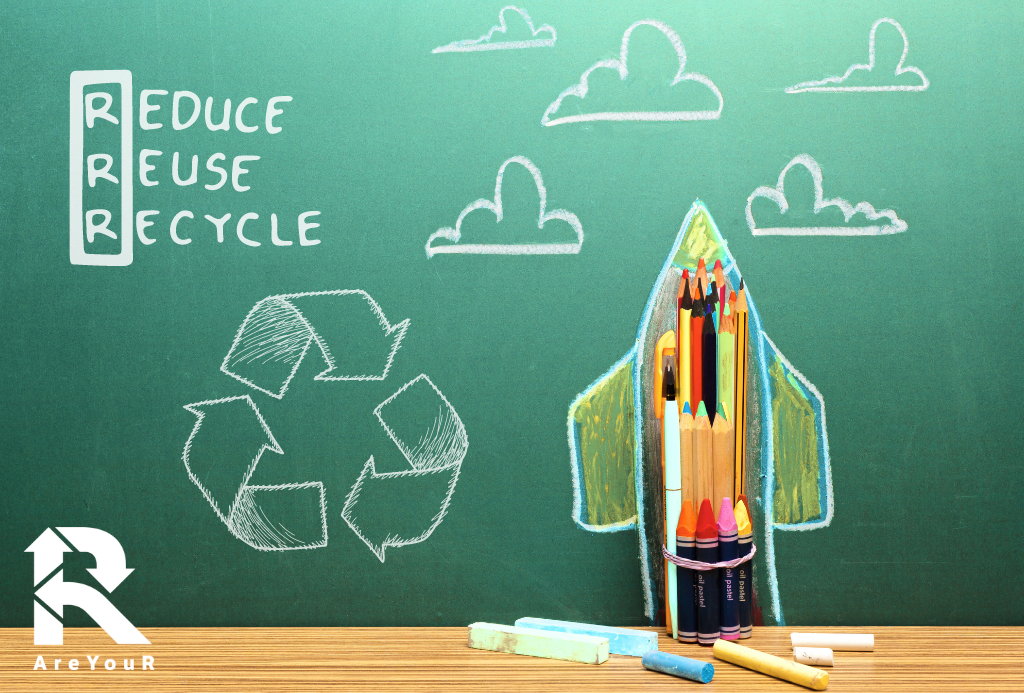The return to school is an exciting time for both children and parents. It is also a great opportunity to make more sustainable choices. As parents, we can positively influence the environment and teach our children the importance of sustainability.
Here are some practical things we can do for a more eco-friendly back-to-school experience.
Investing in Environmentally Friendly Stationery
Stationery is an essential part of the back-to-school season. However, many traditional stationery items are made from non-recyclable materials, contributing to pollution. Here are some sustainable alternatives: • Recycled pencils and pens: Look for pencils and pens made of recycled or biodegradable materials, and ensure they have environmental certifications. • Recycled paper notebooks: Purchase notebooks made from recycled and chlorine-free paper. You can find them in many eco-friendly stationery shops. • Sustainable backpacks and pencil cases: Choose backpacks and pencil cases made of recycled or natural materials, such as organic cotton.
Choosing Eco-Friendly Clothes
We previously addressed the significant impact of the fashion industry on the environment in this article, which extends to school clothing. Here’s a guide to choosing more sustainable clothing: • Natural and organic materials: Opt for clothes made of organic cotton, bamboo, or hemp, as they are less detrimental to the environment than synthetic materials. • Recycled clothing: Some brands manufacture clothes using recycled materials like polyester obtained from plastic bottles. • Second-hand and exchange: Consider purchasing second-hand clothes or joining clothing swaps organized by schools or local communities.
Promoting Sustainable Transport
The way children get to school can have a significant impact on the environment: • Carpooling: Organize carpooling groups with other parents to reduce the number of cars on the road.
• Cycling and walking: Encourage your children to walk or cycle to school when possible. It is a great way to exercise and reduce CO2 emissions. • Public transport: Opt for public transportation as an environmentally friendly alternative to private cars.
Teaching Sustainability
Finally, it is crucial to educate our children about the significance of sustainability, involving them in making sustainable choices, explaining why these choices are important, and showing them how they can make a difference. Organize activities that promote environmental awareness, such as collecting waste in the neighbourhood or participating in school gardening projects.
When we take these actions, we not only contribute to a more sustainable return to school but can also teach important life values to our children. Together, we can make a difference and build a better future for the next generations.
Choosing sustainability is a small step for us but a big step for the planet.

